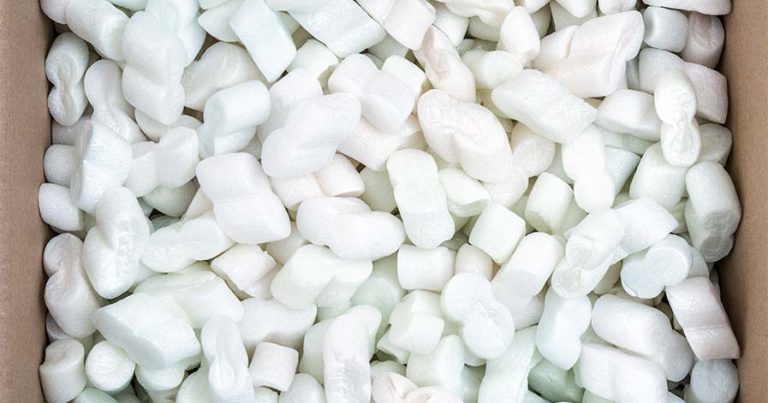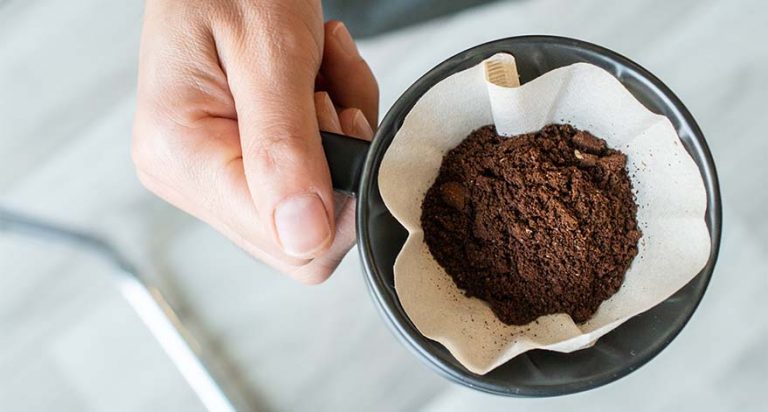Reducing, Reusing and Recycling Styrofoam Can Help Protect the Environment
How to Recycle Styrofoam
Styrofoam does harm to the environment despite being a commonly used product in packages. The fabric takes up to 500 years to decompose and requires a complicated system to recycle. Styrofoam is made of a chemical and petroleum mixture that makes it just like any other plastic. This is why it is good to know how to recycle Styrofoam.
What makes it so light is that it is 95% air, which makes it unique for packaging and building materials without adding unnecessary weight. The styrene material used has health effects, which can impact even the nervous system. Thus, people should avoid throwing them away and instead find ways to recycle the product to minimize the negative impact.
Benefits of Recycling Styrofoam Instead of Throwing It Away
Expanded Styrofoam contributes to the destruction of the ozone layer. The product should thus be recycled to avoid serious environmental and health issues.
Reduces Air Pollution
Styrofoam is non-biodegradable, so when it is thrown away, it can stay around for many years before it decomposes. It fills more landfills as many companies continue to produce it for packaging purposes. When heated with food products, it emits harmful chemicals that are hazardous to a human when consumed.
In fact, the product causes air pollution when exposed to sunlight, which in turn depletes the ozone layer and contaminates landfills.
Preserves Land Space
Tons of Styrofoam are buried in landfills across the world daily. They tend to occupy more space than other waste, presenting a major environmental problem. Recycling them can help reduce the percentage of Styrofoam products in a landfill, which currently stands at around 30%.
In 2006, it was reported by The Way To Go Environmental Group that 135 tons were disposed to Hong Kong every day. Recycling is a solution to the issue of continued production, despite its ban by some countries.
Prevents Harm to Animals
Many animals search for food in landfills. Styrofoam easily breaks into smaller pieces and this presents a choking risk for the animals. Recycling reduces the products present in a landfill, which in turn eliminates choking hazards in animals that seek survival there.
Growth of Local Economy
Recycling industries create jobs that stimulate the growth of the local economy. Many organizations are making initiatives intending to recycle Styrofoam with the need to collect, store and process the material. All these processes create jobs for many people who, in turn, fuel the economy at a local level.
Preserves Natural Resources
Petroleum is one of the products used to manufacture Styrofoam. It is an essential natural resource that, if not taken care of, can get depleted. Recycling Styrofoam is one way of preserving petroleum, leaving it for other applications like fuel. Reducing space covered by Styrofoam waste is also a way of protecting the land.
Ways to Recycle and Reuse Styrofoam
The fact that the Styrofoam is non-biodegradable has caused many countries to think about the ways to reduce its impact on health and the environment. One way that is highly recommended is recycling. Although, this is challenging given only a few programs and initiatives have embraced it. Here are some ideas for recycling the product.
Drop Off at Styrofoam Site Recycling Program
Styrofoam cannot be recycled with other materials as it requires a different process. In response, some organizations have set up drop-off points in different areas that can be used to collect the Styrofoam for recycling. Find the drop-off area or contact Alliance of Foam Packaging Recyclers (AFPR) for guidance.
If you are within the southern parts of the U.S., then Styrofoam products can be dropped in the Publix chain of the grocery store. They have taken the initiative to collect the product for recycling. Check your area for recycling programs and preserve the environment.
Set Up a Local Recycling Program
Bringing change to the community can be done through recycling programs. With Styrofoam being challenging to recycle this means there are few companies who are doing it in some countries or regions. Consider working with business owners and the government for funding while incorporating consumers to help bring the change.
Work with other recycling companies to find an appropriate way of collecting, storing and recycling the products. When you take the initiative, you should ensure the expanded Polystyrene (EPS) being recycled is clean and free from any contamination.
Reuse and Reduce the Styrofoam
Styrofoam can be reused while reducing its use altogether. Some businesses collect the packaging so that they can reuse them. Shipping companies, for instance, may reuse peanuts Styrofoam for cushioning fragile products during transportation. You can also use the peanuts yourself when packing items to be transported by any means.
The EPS can also be used to craft different projects at home. They are lightweight and are easy to carve and paint, which makes them functional pieces for art projects, even for children.
You can even donate to local daycares or other institutions that offer art classes. The product can also be used as floaters during fishing. Since they are lightweight and do not sink, they help anglers to keep an eye on their lines as they wait for a catch
Find Alternatives to EPS
Many EPS products are manufactured for packaging purposes, security and padding during the shipping of fragile products. Thus, it could be difficult for people to do away with the products. However, finding an alternative way to cut down its use contributes towards conserving the environment.
Consider using newspapers or other easily recyclable plastic materials for padding. Other options are using aluminum foil instead of a Styrofoam take-out box, embracing a reusable coffee mug and buying eggs in paper cartons.
A Final Word
The ease and convenience of using Styrofoam have hurt the environment. If nothing is done, then the situation can be worse in the coming years.
Luckily, many organizations in different countries are embracing recycling as a way of curbing the negative impact of Styrofoam on the environment.
As a responsible person, one should embrace the techniques highlighted above to help in reducing the effects of EPS caused when they are thrown away instead of recycling.

